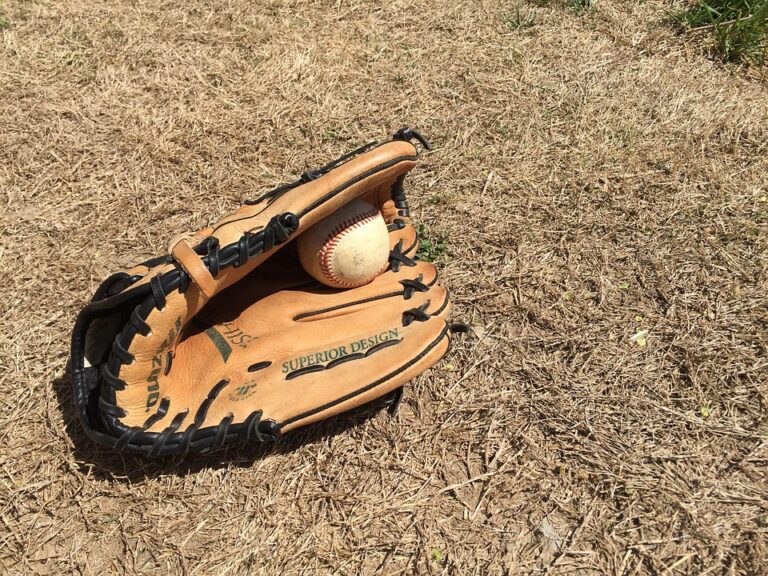
A Sticky Tale: The Evolution of Band-Aids in the UK
When one thinks of the humble Band-Aid, it’s easy to overlook its storied past. Yet, the evolution of adhesive bandages in the UK is a fascinating journey, woven through the fabric of medical innovation, societal change, and even a touch of whimsy.
1. The Inception of Adhesive Bandages
The genesis of adhesive bandages can be traced back to the early 20th century, specifically 1920, when a certain Earle Dickson, a keen employee at Johnson & Johnson, devised a solution for his wife’s frequent kitchen accidents. He fashioned a simple yet effective dressing — a small piece of gauze attached to a strip of adhesive tape. This ingenious invention was not merely a response to domestic chaos; it marked the inception of a revolution in wound care. As Dickson himself purportedly said, “I thought it might help her out a bit.” Little did he know, it would help millions.
In the UK, this innovation quickly took root. Before Band-Aids, people relied heavily on either cloth bandages or home remedies that often lacked the efficacy and hygiene we take for granted today. The introduction of adhesive bandages offered a convenient, sterile option that appealed to a society rapidly embracing modernity.
2. The Emphasis on Convenience and Hygiene
By the mid-20th century, the landscape of wound care had transformed dramatically. World War II had propelled advancements in medical technology, and the concept of hygiene had taken centre stage. The British public, accustomed to witnessing the horrors of war, became more conscious of infection and its implications.
This societal shift prompted manufacturers to innovate further, introducing features such as waterproof designs and hypoallergenic materials. The advent of colourful, patterned Band-Aids in the 1970s, initially dismissed as mere gimmicks, did much to normalise the use of adhesive bandages among children and adults alike. Who could resist that charming cartoon character or vibrant design? As one marketing executive noted, “If you can make a child smile, you can make them forget about their injury.”
3. The Cultural Impact and Beyond
Band-Aids quickly transcended their primary function, embedding themselves into the cultural lexicon. Phrases such as "a Band-Aid solution" emerged, signifying a quick fix to a complex problem, often with a hint of irony. This duality—both practical and metaphorical—illustrates the adhesive bandage’s unique position in British culture.
Moreover, in the wake of the COVID-19 pandemic, Band-Aids found themselves at the forefront of public discourse once again. As vaccination drives surged, the once-overlooked adhesive bandage became a symbol of hope and resilience. The sight of a brightly coloured Band-Aid on an arm signified not just protection from a virus but the collective effort to reclaim normalcy.
4. The Future of Adhesive Bandages
What lies ahead for the adhesive bandage? As technology advances, we witness a burgeoning interest in smart bandages equipped with sensors that monitor healing progress. Such innovations could revolutionise wound care, providing real-time data to healthcare professionals and patients alike. The question arises: will we see a time when Band-Aids are not just a means to an end but a critical component of health management?
The exploration of adhesive bandages is emblematic of broader trends in healthcare, where convenience, technology, and culture intersect. While Band-Aids may seem trivial, their story reflects our evolving relationship with health, hygiene, and even identity.
A Lasting Legacy
In tracing the evolution of Band-Aids in the UK, we uncover a narrative that intertwines innovation with societal needs. As we witness further advancements in health technology, it’s intriguing to ponder the future of such a simple yet profound invention.
At BargainsTrust, we remain committed to bringing you a curated selection of quality products, ensuring that whether it’s a minor scrape or a more significant health concern, you’re well-equipped with the best tools available.






